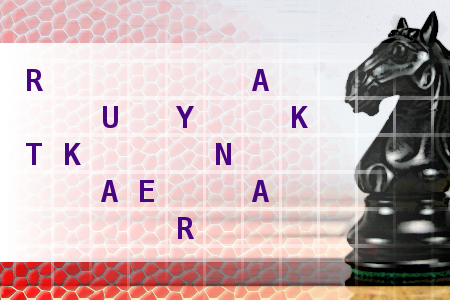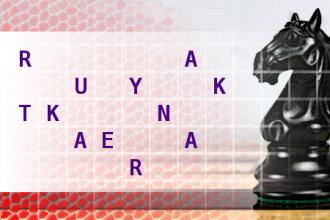Chess Knight Move
Find the country and its capital city, using the move of a chess knight. First letter is T. Length of words in solution: 6,6.Correct answers: 61
The first user who solved this task is Djordje Timotijevic.
#brainteasers #wordpuzzles #chessknightmove

Lumberyard
Jon's working at the lumberyard, pushing a tree through the buzz saw, and accidentally shears off all ten of his fingers. He goes to the emergency room.
The doctor says, "Yuck! Well, give me the fingers, and I'll see what I can do."
Jon says, "I haven't got the fingers."
The doctor says, "What do you mean, you haven't got the fingers? It's 1999. We've got microsurgery and all kinds of incredible techniques. I could have put them back on and made you like new. Why didn't you bring the fingers?"
Jon says, "Well, sh*t, Doc, I couldn't pick 'em up."

